Seems hypocritical, doesn’t it? Filling our website and newsletters with great stories about our customers using RFID to improve their processes and meet compliance requirements. Touting the efficiency gains of reading RFID tags over scanning barcodes. Then putting out a headline that says “don’t use the technology”.
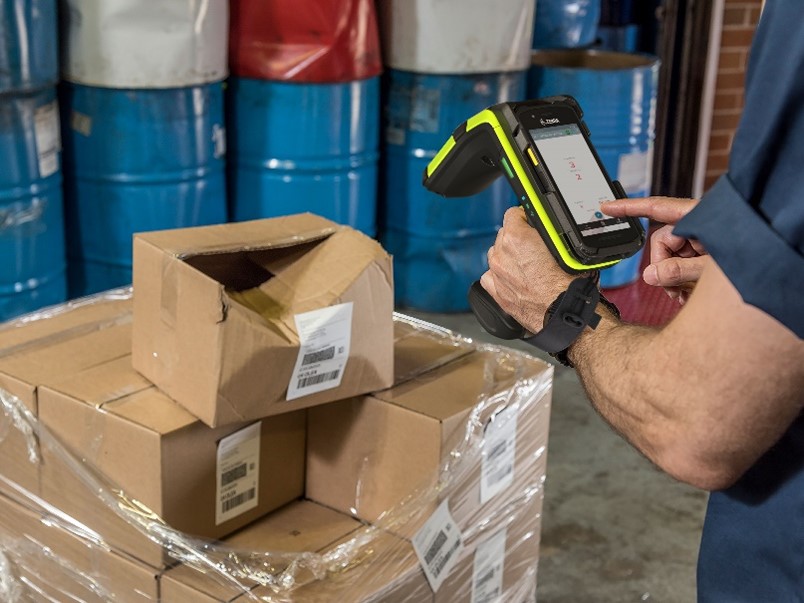
To clarify, we aren’t saying don’t use RFID, we are just saying if your operations are a mess, and you are looking for ways to clean things up, RFID is almost never the first thing you should consider. RFID adds complexity to any application, and if you are already drowning in issues with your operations, you should first get them cleaned up, and then consider adding RFID to realize even more efficiencies.
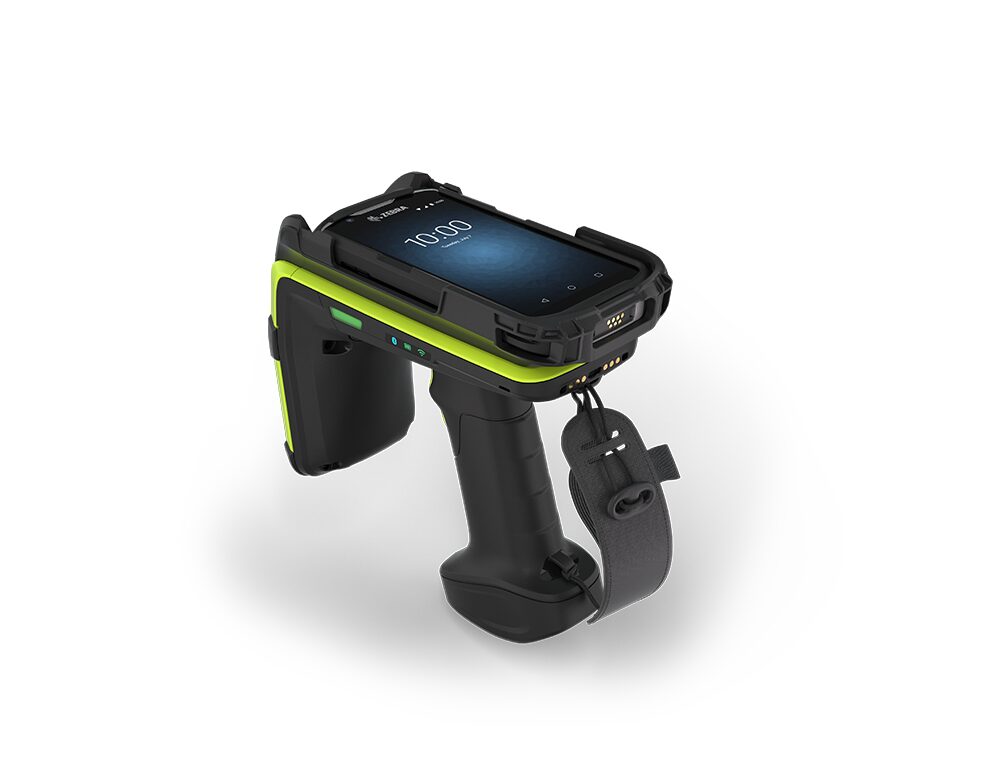
We get to see some of the internal management proposals that our customers prepare, on how to clean up processes, and we cringe when we see RFID recommended as one of the solutions, or even the primary solution. It adds sizzle to the presentation and may stir up interest in the project by management, but it also may doom the project by trying to take on too much, too soon. This is not always the case, but it is usually the case.
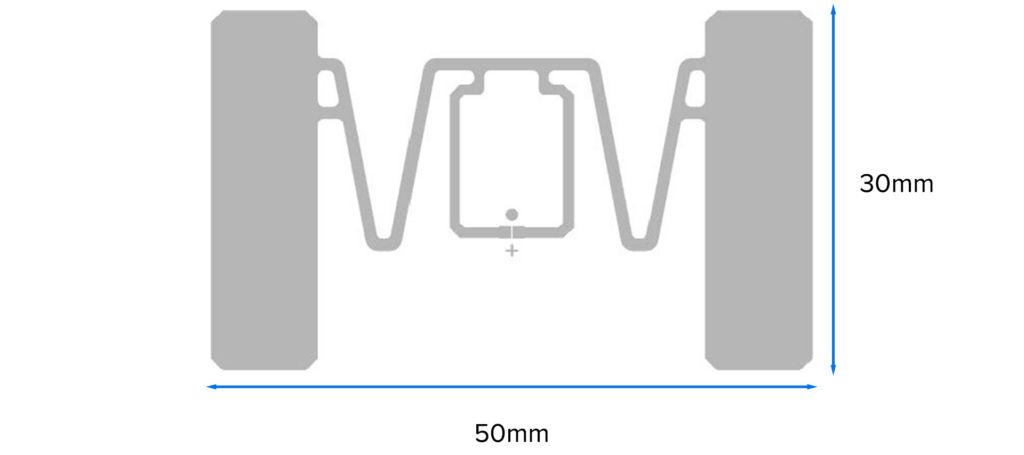
When we see customer struggling with their operations in the warehouse and production floor, the problems are definitely the usual suspects. Sometimes the customer does not have the necessary software infrastructure to do the job, the old Quickbooks and a spreadsheet way to operate your business. But a surprisingly large number of times, the customer has already invested in the software needed to clean up operations, but no one is using it. They cannot or will not force people to follow the necessary processes. So, they think that implementing RFID will force the processes to happen.
But if you think getting enterprise software and barcoding integrated is hard, try integrating RFID on top of a broken process. Most customers first need to retrench on the original project, utilizing barcoding. Many times, we find that the products are not labeled properly when they come in the door, so the process starts failing right out of the gate. Getting everything labeled correctly when it comes in the dock door is the first step.
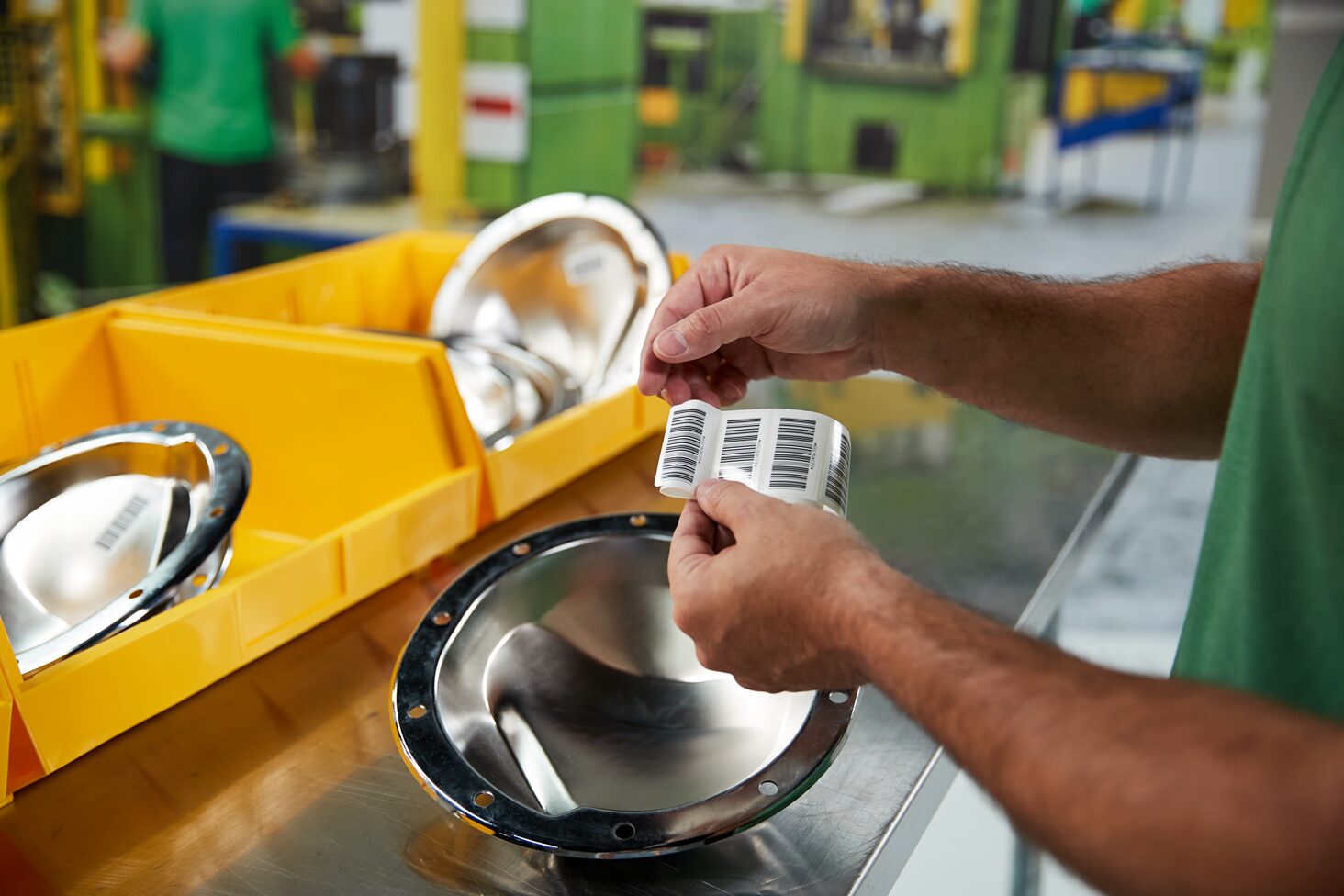
Maybe you can eventually get your vendors to do this labeling for you, but if they are not already doing so, you need to do the labeling yourself. Getting all of your vendors to comply with labeling requirements can take years, and you don’t have that long to wait. The next step is to get all of your locations labeled with barcodes.
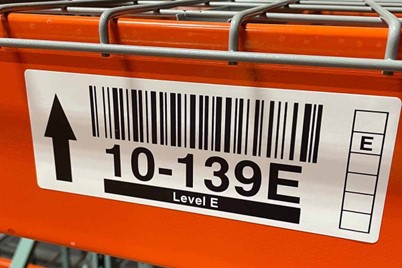
Now you are ready to start using your existing software and hardware to get the job done. Sure, there are next steps that may include using RFID to make things even better, but you have to first have an existing, fully functioning process to add RFID onto.
So, is this the best way for EMP to make money? Absolutely not. Selling you a complex RFID project that will probably never work is the most profitable path. But that is not how we operate, we are in it for the long game, and want you to succeed with the automation that we sell and integrate. BEWARE of anyone trying to sell you an RFID solution for a broken process. You need a technology partner who will help you fix your broken process first, then and only then possibly look at bolting RFID onto the system.
If you are looking for the kind of trusted partner that will help you fix processes, and then add more sophisticated automation, the EMP Tech Group is for you.